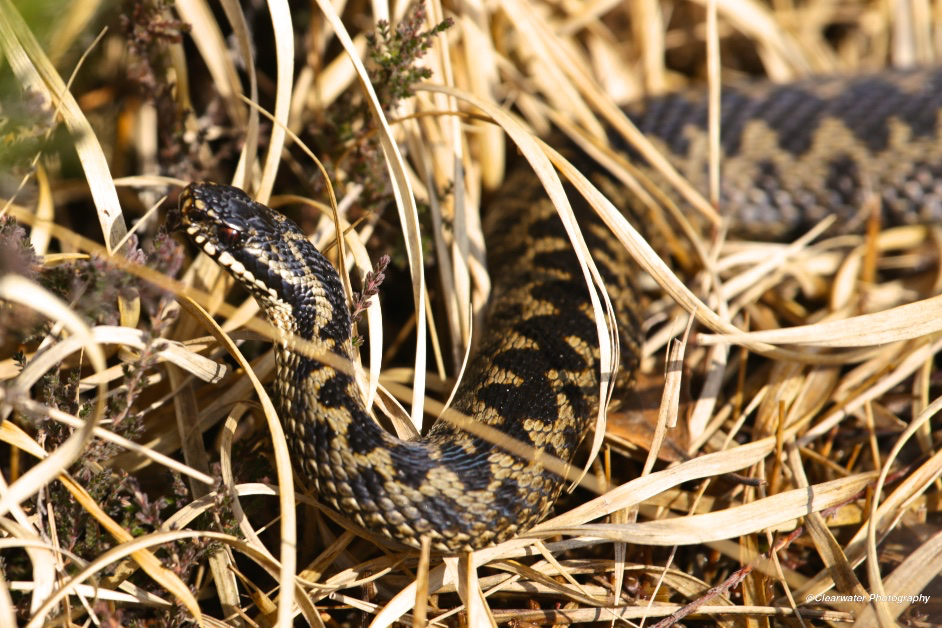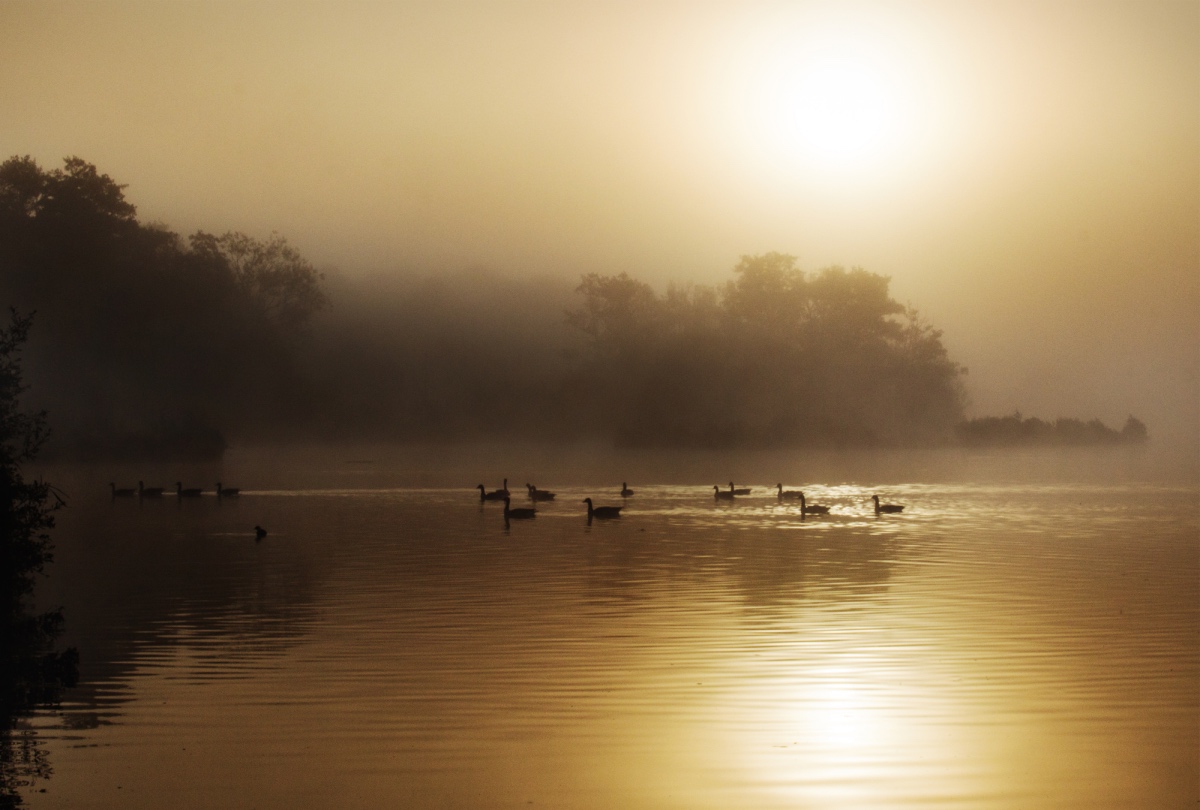An adder at Fleet Pond (credit: John Sutton)
A few weeks ago there was a brief patch of extremely warm weather. During this period, local photographer John Sutton caught this excellent photo of an adder enjoying the sunshine at the Pond!
From Wildlife Britain:
“Adders can be found all over mainland UK, but not Ireland, and are Scotland’s only native snake, demonstrating that they are the most capable snake in the world at surviving harsh conditions. The snakes do this by hibernating between October and Spring, coming out into the open at different times each year depending on the weather conditions.
Adders can be found in a very wide range of habitats but open ground such as moors and grasslands are a favourite as they are often full of their prey. This liking for open ground is often where they come into contact with humans out walking or working the land. if you go looking for them in the right areas at the right time of day then the adder is not an impossible creature to find, especially when combined with good local knowledge, stealth and patience. Early Spring is a good time to see them if the weather is warm as the males will be out looking for a mate and can often be seen basking in the sunshine on a rock.”







